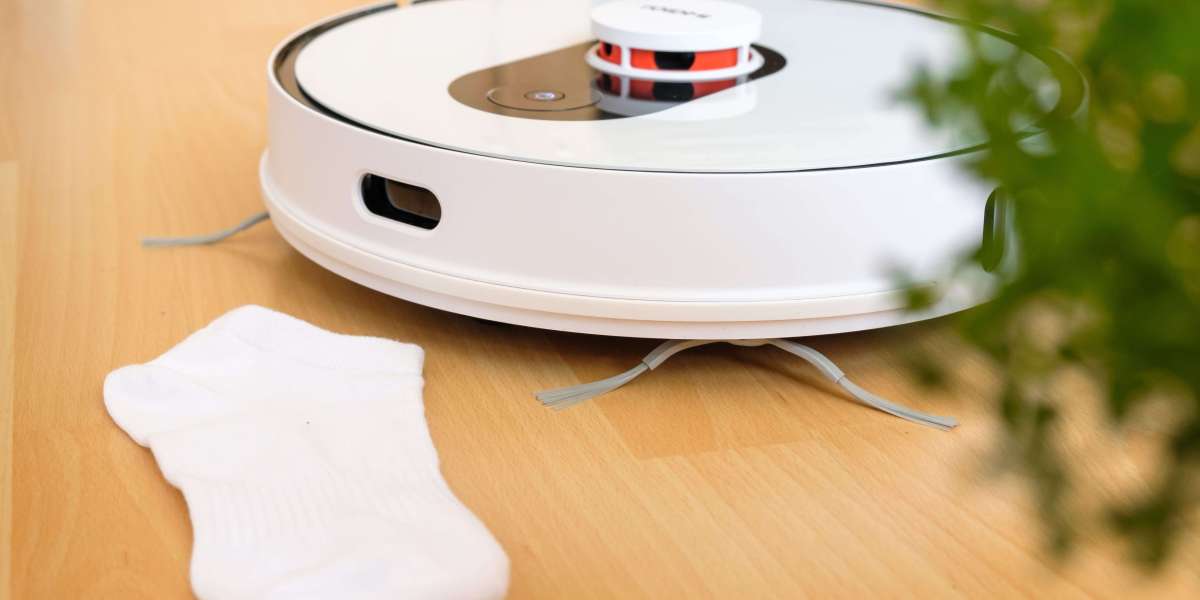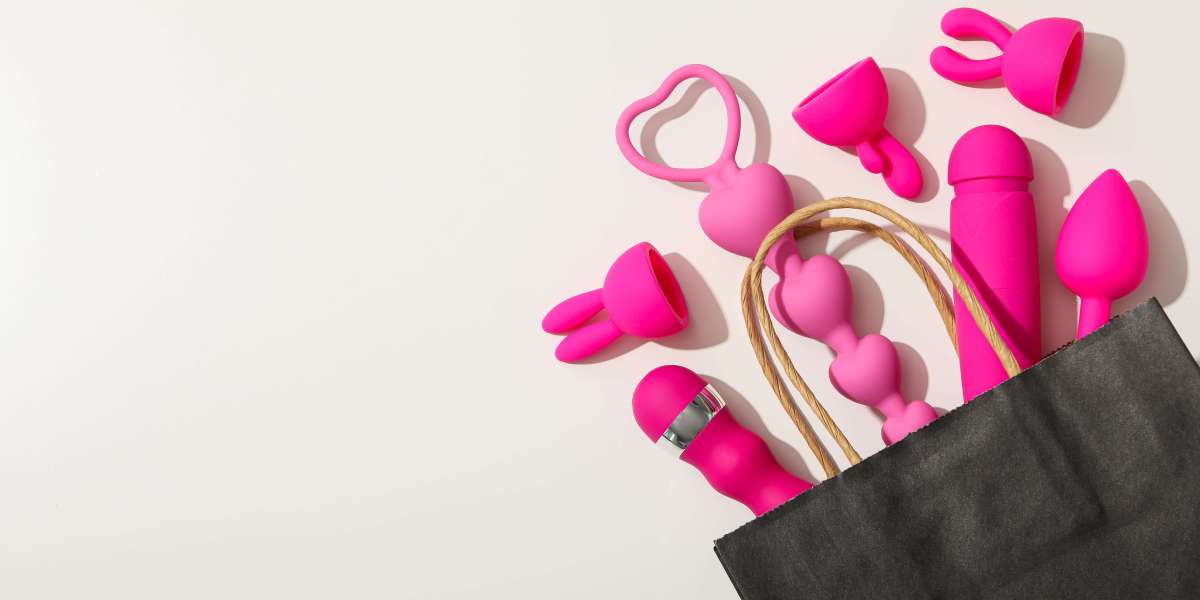Understanding Floor Robots: The Future of Home Cleaning
Recently, technological advancements have considerably transformed the landscape of family cleaning. Among the most significant innovations is the floor robot, a gadget that has actually quickly acquired popularity for its convenience and efficiency. This post intends to check out the different aspects of floor robots, their functionality, benefits, popular designs, and some frequently asked questions to assist customers make informed choices.
What is a Floor Robot?
A floor robot, typically described as a robotic intelligent vacuum cleaner, is an automated gadget developed to navigate floorings and remove dirt, dust, and particles. Unlike traditional automatic vacuum, floor robots run autonomously, using a hassle-free cleaning experience. These smart makers use sensors, mapping innovations, and advanced algorithms to tidy numerous surfaces, including wood, tile, and carpet.
How Do Floor Robots Work?
Floor robots run through a mix of hardware and software application parts. Here are the key functions that enable their performance:
1. Sensors
- Barrier Detection: Floor robots have integrated sensing units that help them spot obstacles, allowing them to navigate around furniture and prevent falls.
- Cliff Sensors: These prevent the robot from dropping stairs or ledges by recognizing modifications in elevation.
2. Navigation and Mapping
- Visual Mapping: Some innovative models use video cameras and laser technology to produce detailed maps of the cleaning area.
- Simultaneous Localization and Mapping (SLAM): This strategy assists the robot track its area and efficiently prepare its cleaning route.
3. Cleaning Mechanisms
- Suction Power: Most robotic vacuums use a suction system to capture dirt and dust, which is then kept in an onboard dustbin.
- Brushing Systems: Many designs come geared up with rotating brushes or mops for enhanced cleaning capabilities, especially on carpets or difficult surface areas.
4. Smart Features
- Connection: Many floor robots support Wi-Fi connectivity, allowing users to control them through mobile phone apps or smart home systems.
- Scheduling: Users can schedule cleaning times, guaranteeing their homes are clean even when they're not there.
5. Self-governing Charging
- Self-Docking: Most robots instantly go back to their charging station once their battery runs low, guaranteeing they're constantly ready to tidy.
Advantages of Using a Floor Robot
The adoption of floor robots features various benefits that make them appealing to users:
1. Convenience
Floor robots can clean up while users address other tasks, enabling multitasking and time-saving.
2. Increased Efficiency
Robotic vacuums often cover more ground in less time compared to standard techniques, thanks to their systematic cleaning patterns.
3. Constant Cleaning Routine
Users can set up routine cleanings, ensuring that their homes stay tidy without needing daily intervention.
4. Availability
Robotic vacuums can easily access hard-to-reach locations, such as under furnishings or in tight spaces.
5. Advanced Features
Lots of models come equipped with functions like voice control and app integration, enhancing use and accessibility.
Popular Floor Robots
When thinking about a floor robot, numerous brand names and models deal with various needs and spending plans. Here's a brief summary of some leading alternatives:
| Brand | Model | Secret Features | Price Range |
|---|---|---|---|
| iRobot | Roomba i7+ | Smart mapping, self-emptying dock | ₤ 600 - ₤ 800 |
| Roborock | Roborock S7 | Sonic mopping, obstacle avoidance | ₤ 500 - ₤ 700 |
| Neato | Neato D7 | D-shape design, advanced suction | ₤ 600 - ₤ 800 |
| Ecovacs | Ecovacs Deebot T8 | Mopping function, advanced mapping | ₤ 600 - ₤ 800 |
| Shark | Shark IQ Robot | Self-emptying base, home mapping | ₤ 400 - ₤ 600 |
(Note: Prices may differ based upon retailers and continuous promotions.)
Frequently Asked Questions (FAQs)
1. Are floor robots efficient on carpets?
Yes, the majority of contemporary floor robots are developed to tidy numerous surface areas, consisting of carpets. Models with strong suction and rotating brushes are especially efficient at getting animal hair and ground-in dirt.
2. How frequently should I run my floor robot?
This depends upon your home's requirements. For homes with family pets or high foot traffic, everyday or every other day cleaning might be beneficial. For quieter families, running the best rated robot vacuum once a week might be enough.
3. Can I control my floor robot from another location?
Lots of floor robots come with mobile phone apps that permit users to control their devices remotely, schedule cleansings, and monitor efficiency.
4. Do I require to clear the dustbin regularly?
Most robots need regular emptying of the dustbin, specifically in homes with pets or heavy soil. However, some designs offer self vacuum-emptying abilities, which reduce user involvement.

5. Are floor robots ideal for all types of flooring?
The majority of floor robots work on numerous surface areas, consisting of hardwood, tile, and low-pile carpets. Nevertheless, some may carry out better on particular surface areas, so it's vital to choose a model fit to your home's requirements.
As families continue to accept technology, floor robots have become essential cleaning buddies, offering convenience, performance, and advanced features. Understanding their functionalities, benefits, and readily available designs allows customers to select the right floor robot to fulfill their particular cleaning requirements. By investing in this ingenious innovation, homeowners can ensure their home remain tidy and comfy with very little effort.









